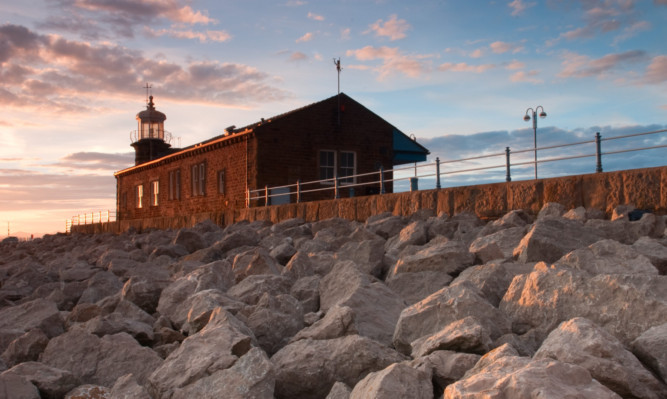Scientists are heading to the unlikely location of Morecambe to find out more about the effects of climate change.
A group led by St Andrews University will take to the North-West coastline of England this month to investigate the increasing demands placed upon nature by a growing population.
The scientists say that society must find a way of managing land better if we are to continue to benefit from nature’s helping hand.
The team will look at natural systems, such as mudflats, and their role in benefits such as the purification of water, the production of food and the protection of coastlines, as well as the provision of habitat for wildlife and recreational space for humans.
The research team will study sites at West Plain, Cartmel Sands and Warton Sands this weekand then again for a week from Saturday February 16.
The initiative is part of a six-year NERC-funded programme involving 14 research institutions and led by St Andrews University.
Professor David Paterson is the consortium leader for the project.
He said: “The natural systems that underpin the delivery of nature’s services that society enjoys, such as clean water, food and protection from flooding, are being increasingly challenged by climate change and the need to feed a rapidly growing planet.
“Our landscapes need to be managed correctly to ensure that society continues to benefit from nature’s services in the future.
“If we are to continue to benefit from these services, we need to understand the links between the diversity of microbes, plants and animals and the services that they provide.
“The mudflats and salt marshes of the bay are internationally important wetland sites, but also important for the communities that live in the area.
“The bay supports industry, provides resources and offers many opportunities for recreation and tourism, and it is this relationship, between nature and people, that we are interested in.”
Morecambe Bay lies across the counties of Lancashire and Cumbria. Over 120 square miles of sand are revealed when the tide goes out, making it the largest continuous intertidal area in Britain.
